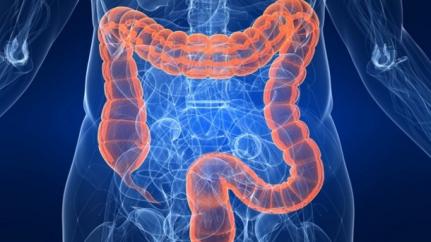Highlights
- •Unbiased analysis reveals a novel signature of intestinal stemness-associated genes
- •The highest stemness potential is found in the intestinal crypt isthmus
- •Isthmus progenitors participate in intestinal homeostasis and regeneration
- •De-differentiation or reserve ISCs are not the major drivers of intestinal regeneration
Summary
The currently accepted intestinal epithelial cell organization model proposes that Lgr5+ crypt-base columnar (CBC) cells represent the sole intestinal stem cell (ISC) compartment. However, previous studies have indicated that Lgr5+ cells are dispensable for intestinal regeneration, leading to two major hypotheses: one favoring the presence of a quiescent reserve ISC and the other calling for differentiated cell plasticity. To investigate these possibilities, we studied crypt epithelial cells in an unbiased fashion via high-resolution single-cell profiling. These studies, combined with in vivo lineage tracing, show that Lgr5 is not a specific ISC marker and that stemness potential exists beyond the crypt base and resides in the isthmus region, where undifferentiated cells participate in intestinal homeostasis and regeneration following irradiation (IR) injury. Our results provide an alternative model of intestinal epithelial cell organization, suggesting that stemness potential is not restricted to CBC cells, and neither de-differentiation nor reserve ISC are drivers of intestinal regeneration.







